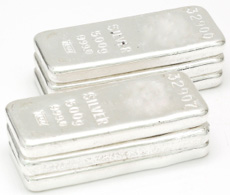 Silver holdings of the iShares Silver Trust (SLV) jumped to another new record high this week while holdings of the SPDR Gold Shares Trust (GLD) dropped slightly.
Silver holdings of the iShares Silver Trust (SLV) jumped to another new record high this week while holdings of the SPDR Gold Shares Trust (GLD) dropped slightly.
The SLV holdings increased by 22.93 tonnes to surpass last week’s record high. Holdings of the SLV now total 11,162.45 tonnes or 358.9 million ounces of silver valued at $14.2 billion. Since silver began its nonstop advance in late January, holdings of the SLV have increased by a substantial 757.28 tonnes.
GLD and SLV Holdings (metric tonnes)
| 6-April-2011 | Weekly Change | YTD Change | |
| GLD | 1,205.47 | -6.37 | -75.25 |
| SLV | 11,162.45 | +22.93 | +240.88 |
The London Fix Price for silver increased by $2.10 (5.6%) over the past week, closing today just below $40 at $39.63. The price of silver has now reached levels last seen 31 years ago in 1980. Patient silver investors who took the opportunity to increase holdings when the metal was below $10 per ounce are now enjoying the profit of patience.
The astonishing rally in silver prices since late last August has resulted in a gain of 114% for the SLV. Profits from owning the ProShares Ultra Silver ETF (which does not hold physical silver) have been even more dramatic for silver bulls with a gain of over 400% since last August.
Despite the large price gains in silver since late January, we have not yet witnessed a large volume price spike as was seen in early November 2010 which lead to a 3 month price consolidation. The next logical resistance level for silver would be on its approach to $50. Besides the psychological resistance of round numbers, the all time high of silver is $48.70 reached in January 1980.
Holdings of the GLD declined by 6.37 tonnes on the week, bringing the decline in gold bullion holdings to 75.25 tonnes since the beginning of the year. The all time record holdings of the GLD reached 1,320.47 tonnes on June 29, 2010. The SPDR Gold Shares Trust (GLD) now holds a total of 38.8 million ounces of gold valued at $56.6 billion.
The price of gold, as measured by the closing London PM Fix Price hit an all time high today of $1,461.50 and has now broken through resistance at the $1,450 level. Many analysts are now targeting $1,500 as their next price objective. Fundamentals favoring the gold market continue to be strong, especially as the U.S. continues inexorably towards a debt crisis at some point in the future (see Gold and Silver Soar As Budget Fiasco Sends Wrong Message to U.S. Creditors).

 Surging silver prices over the past two years have resulted in huge gains for silver investors. The price of silver bullion has skyrocketed from the $8 level in late 2008 to a New York Spot Price of over $39 per ounce today for a gain of 388%.
Surging silver prices over the past two years have resulted in huge gains for silver investors. The price of silver bullion has skyrocketed from the $8 level in late 2008 to a New York Spot Price of over $39 per ounce today for a gain of 388%.
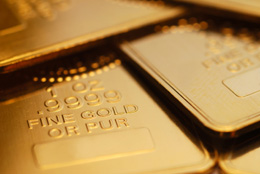 Gold and silver prices, as measured by the London PM Fix Price, were largely unchanged on the week. Gold slipped by $18 per ounce while silver declined modestly by $.05
Gold and silver prices, as measured by the London PM Fix Price, were largely unchanged on the week. Gold slipped by $18 per ounce while silver declined modestly by $.05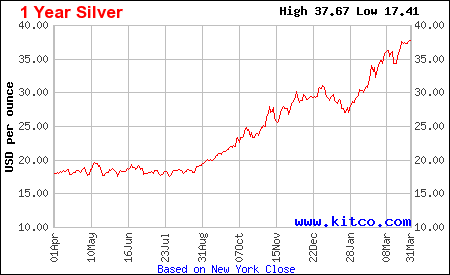


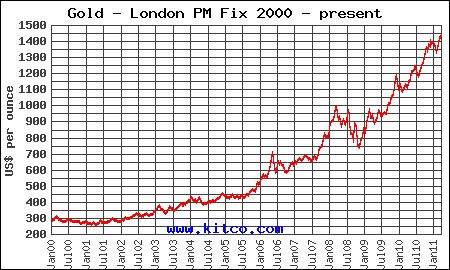


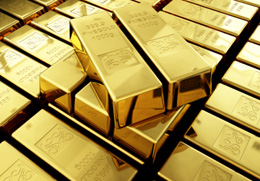 Investors seeking to increase or establish positions in the gold market have been pouring money into gold trusts. The largest gold trust is the SPDR Gold Trust Shares (GLD) which, since its launch in November 2004, has seen huge investor demand. The GLD currently holds over 39 million ounces of gold valued at $55.5 billion.
Investors seeking to increase or establish positions in the gold market have been pouring money into gold trusts. The largest gold trust is the SPDR Gold Trust Shares (GLD) which, since its launch in November 2004, has seen huge investor demand. The GLD currently holds over 39 million ounces of gold valued at $55.5 billion.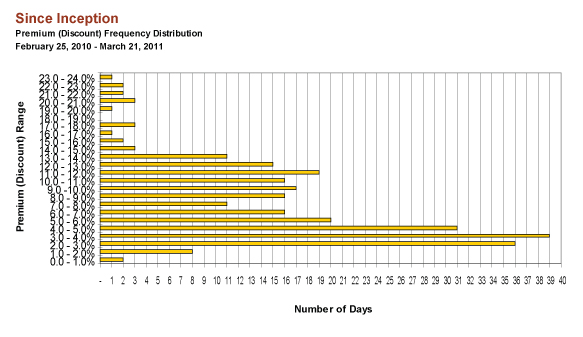

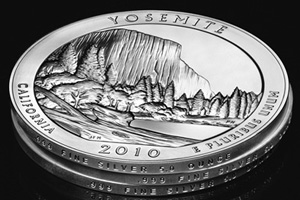 The United States Mint plans to issue the first of this year’s America the Beautiful Silver Bullion Coins in late April. Last year, the series caused quite a stir when the low mintages made them more akin to scarce collectibles than bullion coins. For the current year, the US Mint has planned significantly higher production levels that will eliminate some of the excitement, but hopefully allow the coins to trade as intended, based primarily on the precious metals content.
The United States Mint plans to issue the first of this year’s America the Beautiful Silver Bullion Coins in late April. Last year, the series caused quite a stir when the low mintages made them more akin to scarce collectibles than bullion coins. For the current year, the US Mint has planned significantly higher production levels that will eliminate some of the excitement, but hopefully allow the coins to trade as intended, based primarily on the precious metals content. As measured by the London PM Fix price, gold and silver prices gained on the week after declining approximately 1% each in the previous week. Gold gained $8.50 per ounce on the week to $1,420.00. Silver was the stand out gainer on the week with a 3% or $1.05 per ounce gain. As the situation in Japan and Libya stabilized somewhat, the recent panic selling in financial markets subsided as bargain hunters moved in, although in late trading, stocks gave up much of their gains. Gold and silver also pulled back slightly in New York trading with gold at $1417.80 and silver at $35.10.
As measured by the London PM Fix price, gold and silver prices gained on the week after declining approximately 1% each in the previous week. Gold gained $8.50 per ounce on the week to $1,420.00. Silver was the stand out gainer on the week with a 3% or $1.05 per ounce gain. As the situation in Japan and Libya stabilized somewhat, the recent panic selling in financial markets subsided as bargain hunters moved in, although in late trading, stocks gave up much of their gains. Gold and silver also pulled back slightly in New York trading with gold at $1417.80 and silver at $35.10.
 The number of ounces worth of gold bullion coins sold by the United States Mint rose in the latest week, bolstered by the launch of the 2011 Gold Buffalo coins. Silver bullion sales showed a slight increase, as the year to date total for American Silver Eagles moved above 11 million.
The number of ounces worth of gold bullion coins sold by the United States Mint rose in the latest week, bolstered by the launch of the 2011 Gold Buffalo coins. Silver bullion sales showed a slight increase, as the year to date total for American Silver Eagles moved above 11 million.